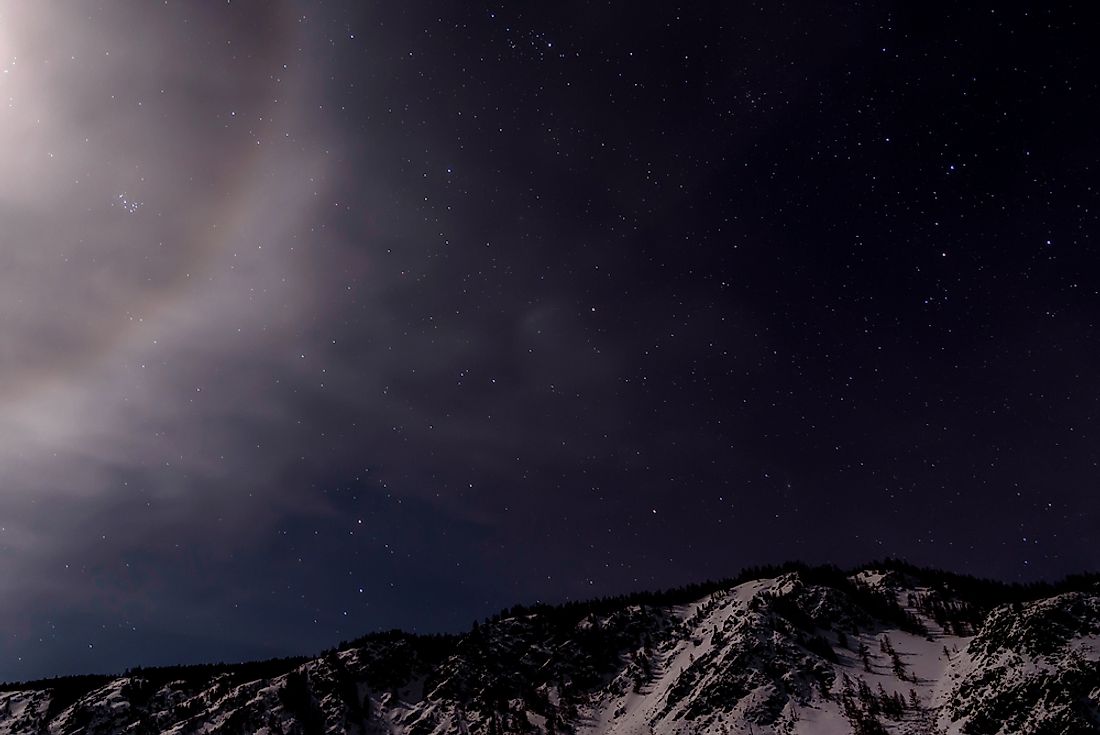What is the Winter Solstice?

The term winter solstice refers to the shortest day of the year. It is referred to as December Solstice in the Northern Hemisphere while in the southern hemisphere, it is known as the June solstice. During the Earth’s rotation along its orbit, the polar hemisphere which faces away from the sun experiences winter while the one facing towards the sun experiences summer since two hemispheres face opposite direction along earth’s axis. When one polar hemisphere is experiencing winter, the other polar hemisphere is experiencing summer. Winter solstice occurs when the sun’s daily maximum elevation is at its lowest, especially at high altitudes. Winter solstice lasts just for a moment in time. However, the term is used to refer to the day in which it occurred. Other terms used to refer to the day include midwinter, the shortest day, and extreme of winter.
December Solstice
December solstice occurs in December of every year between 20th and 22nd day according to the Gregorian calendar. In the Northern Hemisphere, it is referred to as winter solstice while in the southern it is the summer solstice. Some of the recent past and future December solstice dates include December 21, 2000, at 13:37, December 21, 2005, at 18:35, December 21, 2010, at 23:38, December 21, 2017,at 16:28, and December 21, 2020, at 10:02. The December solstice solar year has been regarded as the solar, thus, it is the length of time between adjacent December solstices. The length of December solstices was relatively stable from 6000 BC to 2000 at 49 minutes and 30 seconds to 50 minutes. However, after 2000 the length is getting shorter and it is expected to be even shorter in 4000.
June Solstice
June solstice is a winter solstice in the Southern Hemisphere and a summer solstice in the Northern Hemisphere. It is also known as the northern solstice and occurs in June of every year between 20th and 22nd day according to the Gregorian calendar. The recent past and future June solstice dates include June 21, 2000, at 01:48, June 21, 2005, at 06:46, June 20, 2012, at 23:09, June 21, 2017, at 04:24, and June 20, 2020, at 21:44. The length of June solstice solar year has been reducing since 6000 BC from 50 minutes and 35 seconds to 47 minutes and 55 seconds in 2000 AD.
Observance Of Winter Solstice
Direct observation of winter solstice by armature is not possible because of the slow movement of the sun. It is impossible to detect the exact instance of the solstice. However, the precise timing of its occurrence can be known by using astronomical data tracking. It is possible to observe that the solstice occurred within a two-day period by observation precision of about one-sixteenth of the angular diameter of the sun. Thus, most of the observations of winter solstice are of the day rather than the instant.
Significance Of Winter Solstice
Astronomical events such as the solstice were used to guide activities in some cultures while several cultural mythologies are also derived from them. The night of the winter solstice is celebrated by the Iranian people as Yalda Night. During this night, families gather together in the house of the oldest to eat, drink and read poems. The pagan Scandinavians celebrate a 12-day midwinter holiday known as Yule. A Syrian god known as Sol Invictus together with other gods of the pagan traditions are traditionally celebrated during winter solstice.











